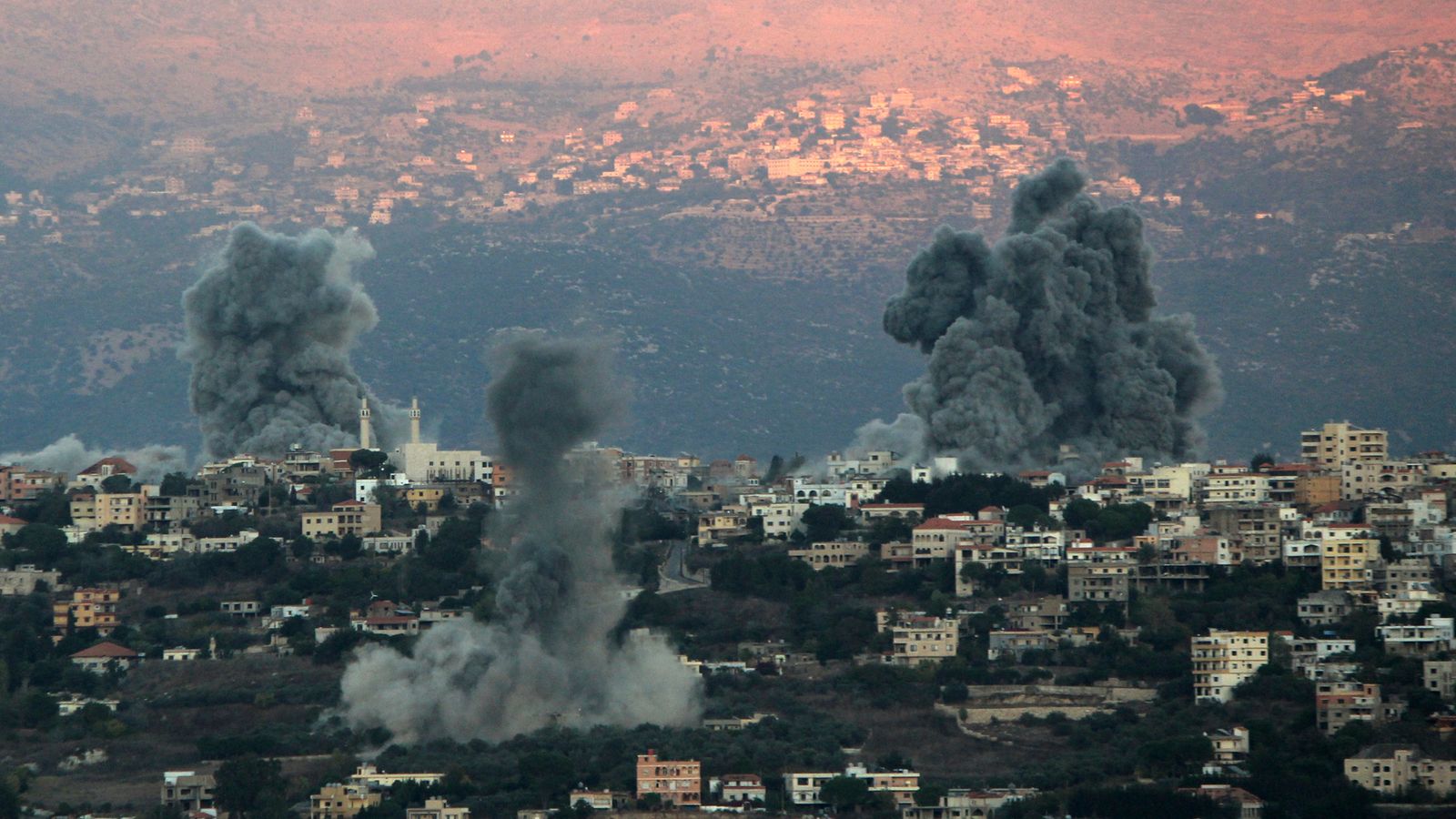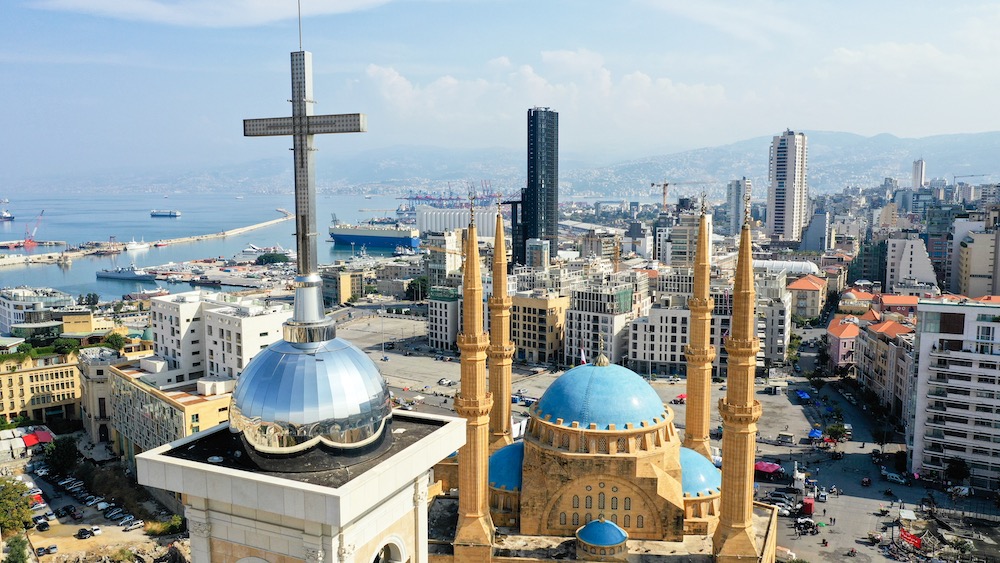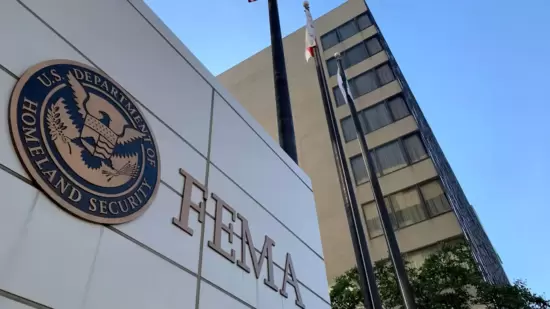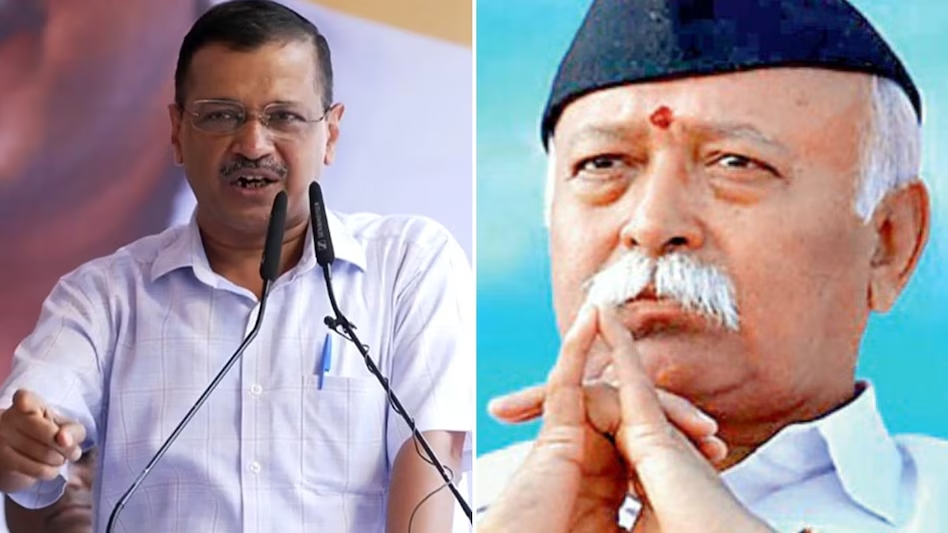Tensions are soaring across Middle East following the death of Hezbollah chief Hassan Nasrallah. The situation has become so precarious that it seems only a matter of time before war breaks out between Israel and Iran. The uncertainty surrounding which nation might enter the fray next adds to the already volatile atmosphere. This seriousness of the situation is underscored by the fact that Iran’s Supreme Leader, Ayatollah Ali Khamenei, has reportedly gone into hiding at a secret location within his own country—implying a sense of urgency and fear for his safety.
Ongoing Attacks on Hezbollah Positions
Meanwhile, Israel shows no signs of letting up in its attacks following Nasrallah’s death. Israeli fighter jets continue to strike various Hezbollah targets across Lebanon. The recent explosions linked to pager and walkie-talkie devices have even prompted Iranian forces to distance themselves from such technologies, fearing that Israeli agencies may have infiltrated their equipment, potentially triggering more blasts.
Russian PM’s Diplomatic Mission to Iran
In a related development, Russian President Vladimir Putin has dispatched Prime Minister Mikhail Mishustin to Iran for discussions with Iranian President Masoud Pejmanian. While this meeting is officially framed under the banner of the Eurasian Economic Forum, it serves as a critical indicator of Russia’s commitment to stand by Iran amid escalating tensions. The backdrop of war enhances the significance of this visit, as it reflects Russia’s role in the complex geopolitical landscape.
Iran and Israel on a Collision Course
The two nations most deeply embroiled in this escalating conflict are Iran and Israel. While Israel has been engaged in battles against Hamas, Hezbollah, and Houthi fighters, Iran has issued threats of retaliation. This, in turn, has hardened Israel’s stance, asserting its right to self-defense without hesitation. Israel has reportedly urged the United States to caution Iran against launching any attacks, as such actions could trigger a direct and devastating conflict in the Middle East.
Hezbollah’s Response
Despite Nasrallah’s death, Hezbollah remains defiant. Deputy Chief Naim Qassem has warned that if Israel attempts to invade Lebanon, their fighters will deliver a fierce response. Meanwhile, the Israeli Defense Forces (IDF) have indicated that they will not pause their operations; on the contrary, they plan to escalate their attacks.
The Execution of “Operation New Order”
On the afternoon of September 28, Israeli intelligence received critical information that set the stage for what would become known as “Operation New Order.” Israeli Prime Minister Benjamin Netanyahu, who was on a visit to the United Nations at the time, was promptly informed of the intelligence regarding Nasrallah. Following the green light, the IDF initiated this new operation with remarkable speed.
A Show of Air Power
The Israeli Air Force swiftly mobilized its fleet of formidable F-35 and F-15I fighter jets, equipped with bunker-buster bombs and other heavy munitions capable of precise strikes. As soon as commanders gave the signal, the airstrikes were launched. Within minutes, news broke that Hassan Nasrallah had been killed in a barrage targeting Hezbollah’s stronghold in Beirut—a shocking revelation that sent ripples through the region.
Conclusion
As the dust settles from these intense confrontations, the specter of a broader conflict looms large. With both sides prepared for escalation, the geopolitical landscape of the Middle East hangs in the balance, and the world watches with bated breath. The fallout from these events will undoubtedly shape the future of the region, and the stakes have never been higher.
For more such news, visit us at: https://worldmagazine.news




